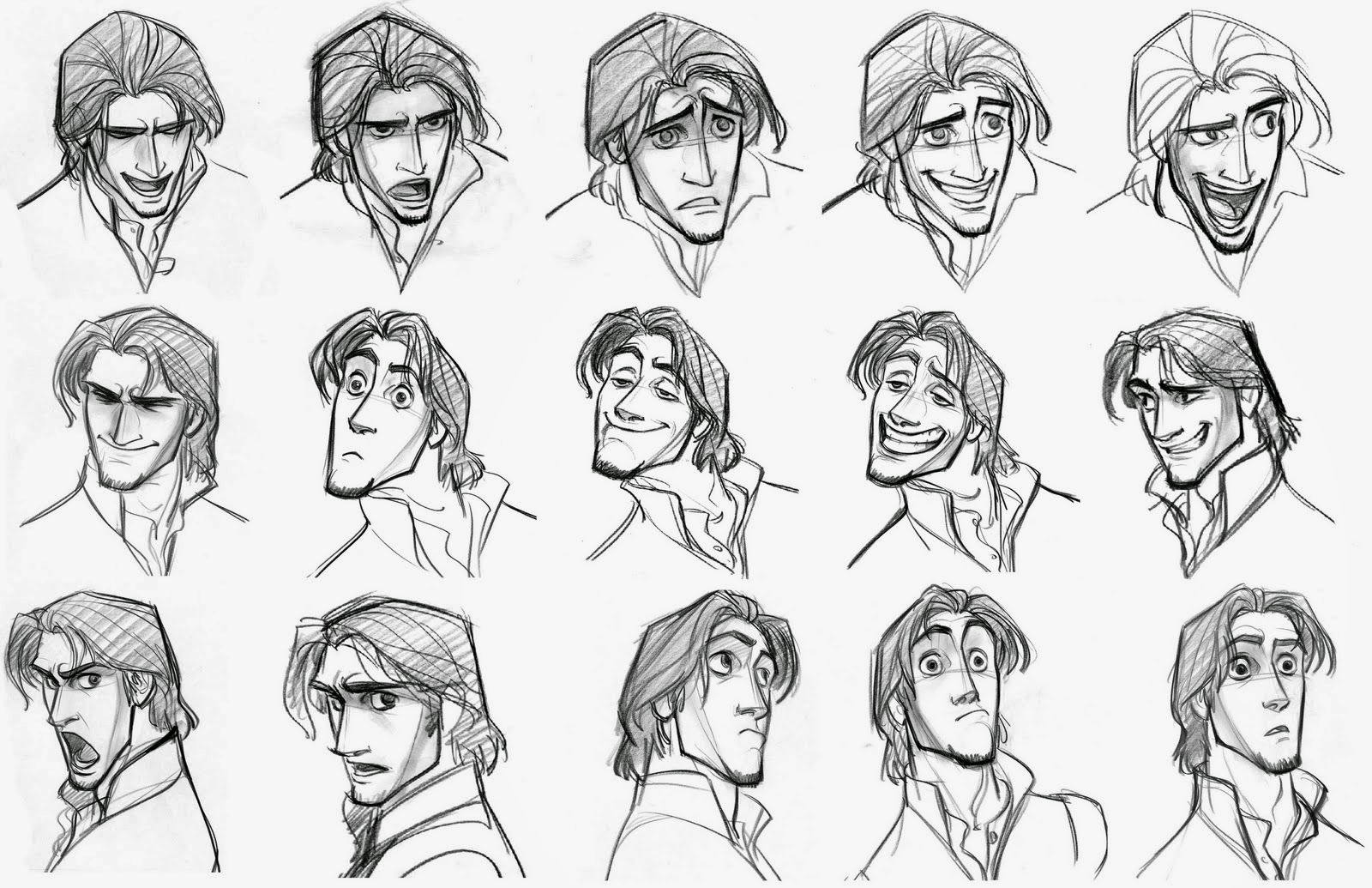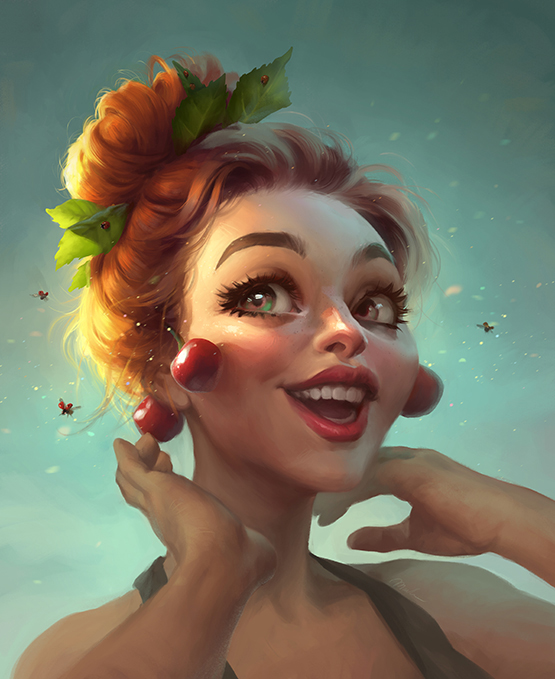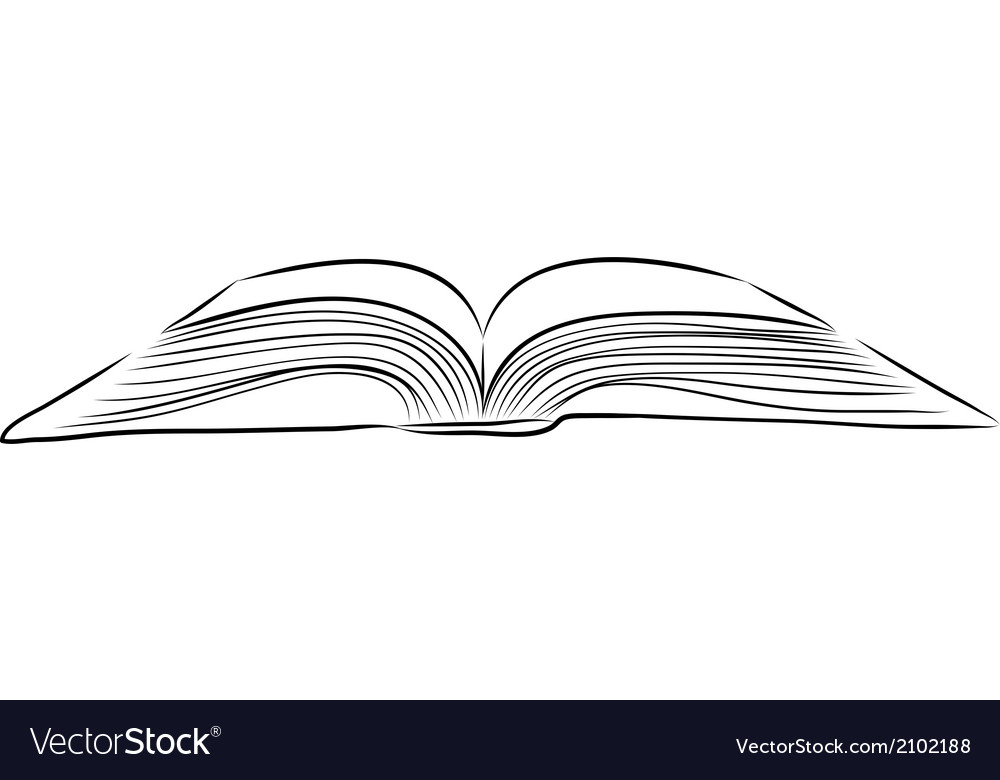How to draw expressive faces
Table of Contents
Table of Contents
Do you struggle with drawing expressive faces? Are you tired of your portraits looking flat and lifeless? Learning how to draw expressive faces is an essential skill for any artist, whether you’re a beginner or a seasoned pro. In this article, we’ll explore tips and techniques for making your faces more dynamic and engaging. Keep reading to learn more!
Pain Points
When it comes to drawing faces, many people struggle to capture emotion and character. It can be challenging to accurately convey the subtleties of facial expressions, leading to stiff or unconvincing portraits. Additionally, some artists may feel limited in their range of facial expressions, unsure of how to push their drawings to the next level.
How to Draw Expressive Faces
The key to drawing expressive faces is to understand the underlying structure of the human face and how it moves. By studying anatomy and facial expressions, you can start to break down the elements of a face and build them back up in a more dynamic way. Here are some tips to get you started:
1. Study Real-Life Examples
One of the best ways to learn how to draw expressive faces is by observing real-life examples. Spend time people-watching, taking note of how different individuals emote and express themselves. You can also use reference photos and videos to study specific expressions.
 #### 2. Exaggerate Features
#### 2. Exaggerate Features
When drawing expressive faces, it’s important to exaggerate certain features to enhance the overall emotion. For example, you might increase the size of the eyes or tilt the eyebrows to convey surprise. Don’t be afraid to play with proportions and push the boundaries of what feels “normal.”
 #### 3. Focus on Body Language
#### 3. Focus on Body Language
While the face is essential to conveying emotion, the body plays a significant role as well. Pay attention to how different poses and gestures impact the overall mood of your drawings. For example, a hunched-over posture might suggest sadness or defeat, while an open, confident stance could indicate happiness or pride.
 #### 4. Practice, Practice, Practice
#### 4. Practice, Practice, Practice
As with any skill, the more you practice, the better you’ll get at drawing expressive faces. Set aside regular time to work on your portraiture and experiment with new techniques. Over time, you’ll develop your unique style and find new ways to convey emotion in your art.
 Mastering the Art of Expressive Faces
Mastering the Art of Expressive Faces
For me, learning how to draw expressive faces was a journey of trial and error. I found that it took time and practice to truly understand the anatomy and movements of the face. However, as I continued to study and refine my techniques, I developed a greater appreciation for the art of portraiture. By focusing on body language, exaggerating features, and studying real-life examples, I was able to create more dynamic and engaging portraits that truly conveyed emotion.
Building Your Skills
As you work on your own drawings, remember that mastering the art of expressive faces takes time and dedication. Don’t be afraid to try new techniques or experiment with different approaches. By continuing to practice and refine your skills, you’ll develop a deeper understanding of how to capture the beauty and complexity of the human face.
Question and Answer
Q: What is the most challenging part of drawing expressive faces?
A: For many artists, the hardest part is capturing subtle nuances of emotion and expression. This requires a deep understanding of anatomy and how the face moves, as well as an ability to observe real-life examples and reference materials.
Q: Can digital tools enhance the process of drawing expressive faces?
A: Absolutely! Digital tools can make it easier to experiment with different techniques and approaches, as well as allow for greater precision and control in your art. Many artists use digital software to create more dynamic and layered portraits.
Q: How can beginners start learning to draw expressive faces?
A: The best way to get started is by studying anatomy and observing real-life examples. You can also follow online tutorials or seek out classes or workshops in your area. As with any skill, the key is consistent practice and a willingness to learn.
Q: Is it necessary to have formal training to draw expressive faces?
A: While formal training can certainly help, it is not necessary to become proficient in drawing expressive faces. With dedication and practice, anyone can develop their skills and create engaging, dynamic portraits.
Conclusion
Drawing expressive faces is a challenging but rewarding skill for any artist to master. By studying anatomy, observing real-life examples, and experimenting with different techniques, you can create portraits that truly capture the emotions and character of your subjects. Remember to be patient with yourself and enjoy the process of developing your skills. With practice and dedication, you’ll be able to take your art to the next level.
Gallery
How To Draw Expressive Faces | Art Rocket

Photo Credit by: bing.com / digital faces draw painting expressive head drawing portrait character paintable tips construction paintings cc
Drawing Expressive Faces |authorSTREAM

Photo Credit by: bing.com / authorstream
Sophie Graham Animation : Expressive Faces

Photo Credit by: bing.com / expressive exaggerated expression facial 02b photographing mirror
Laughing Face Expression Drawing | Drawing Tips, Drawing Tutorial

Photo Credit by: bing.com /
#figuredrawing #expressive #figure #drawing | Drawing Face Expressions

Photo Credit by: bing.com / anatomieverweis tekenen portretten expressive skillofking





